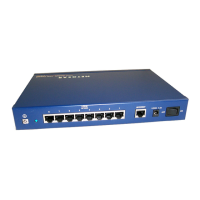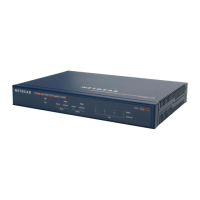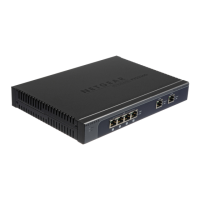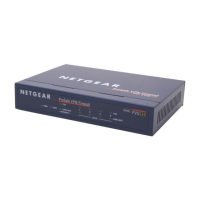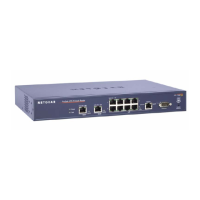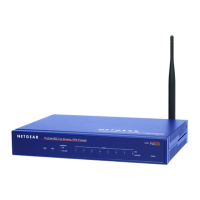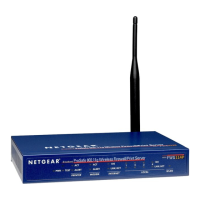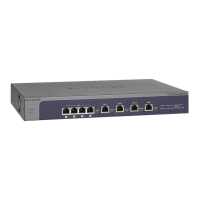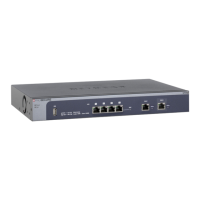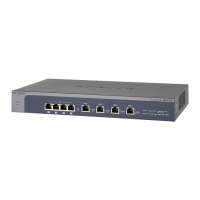Internet and Broadband Settings
37
ProSafe Wireless-N 8-Port Gigabit VPN Firewall FVS318N
2. Select one of the following radio buttons:
• IPv4 onl
y mode. This is the default mode.
• IPv4 / I
Pv6 mode.
Changing the IP routing mode causes the wireless VPN firewall to
reboot.
3. Click Apply to save your changes.
Configure IPv6 Tunnels
If you configure IPv4/IPv6 mode (see the previous section), tunnels are used to carry IPv6
packets over the existing IPv4 infrastructure. The wireless VPN firewall supports 6to4 and
ISATAP tunnel mechanisms.
6to4 Tunnel Mechanism
6to4 is a WAN tunnel mechanism for automatic tunneling of IPv6 traffic between a device
with an IPv6 address and a device with an IPv4 address, or the other way around. 6to4
tunneling is used to transfer IPv6 traffic between LAN IPv6 hosts and WAN IPv6 networks
over the IPv4 network.
With 6to4 tunnels, IPv6 packets are embedded within the IPv4 packet and then transported
over the IPv4 network. You do not need to specify tunnel endpoints, which are automatically
determined by relay routers on the Internet. You cannot use 6to4 tunnels for traffic between
IPv4-only devices and IPv6-only devices.
Typically, 6to4 tunnel addresses start with a 2002 prefix (decimal notification). On the
wireless VPN firewall, a 6to4 tunnel is indicated by sit0-WAN1 (see View the Tunnel Status
on page 40).
After you have enabled 6to4 tunneling, you need to enable the Router Advertisement
Daemon (RADVD), add advertisement prefixes, and add static IPv6 routes.
To configure the wireless VPN firewall for 6to4 tunneling, follow the tasks that are presented
in the following sections:
• Configure 6to4 Tunneling (following this section)
• Configure the Router Advertisement Daemon and Advertisement Prefixes o
n page 68
• Manage Static IPv6 Routing on p
age 81
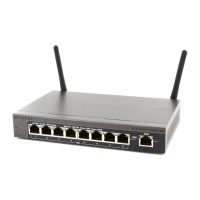
